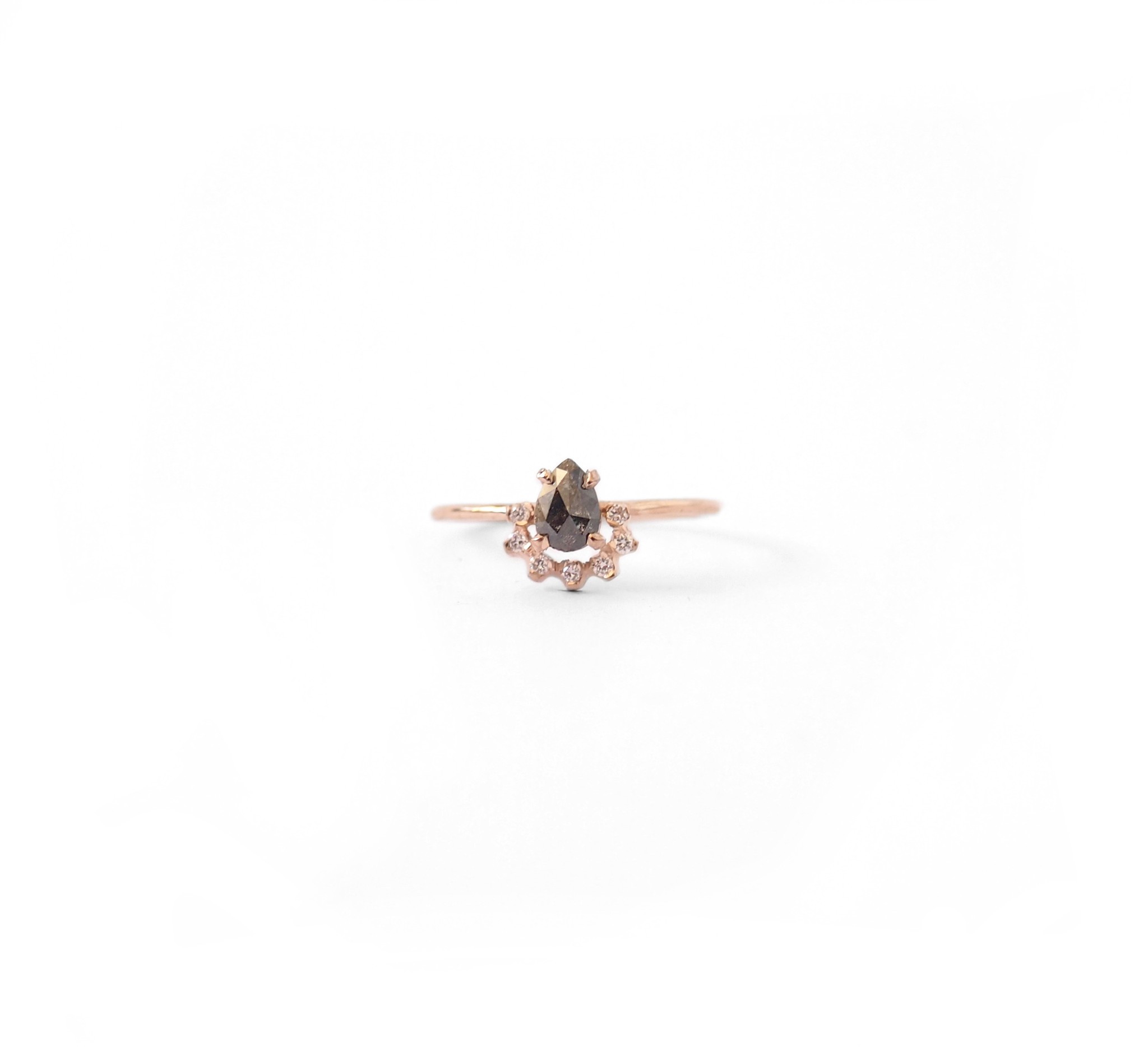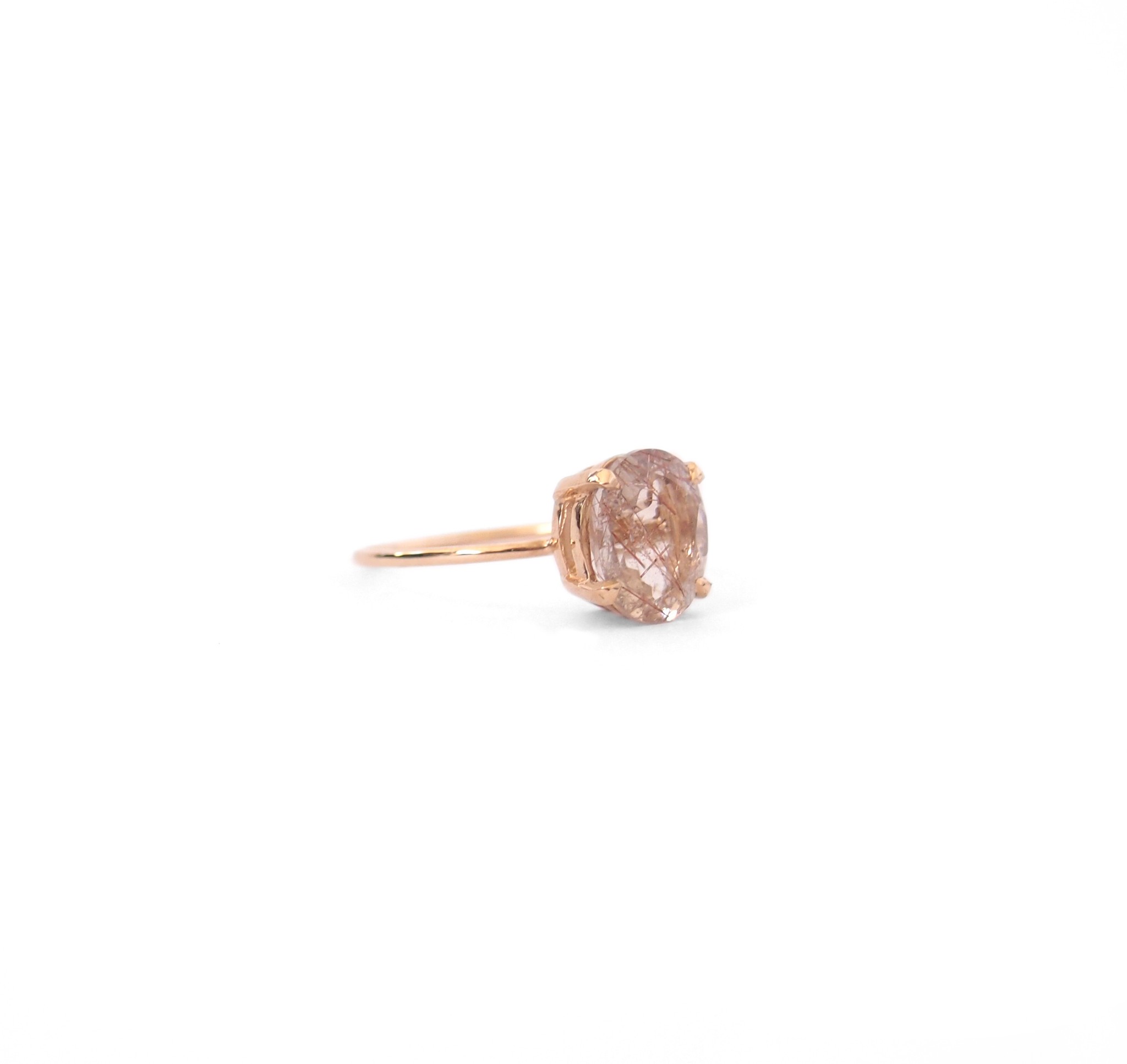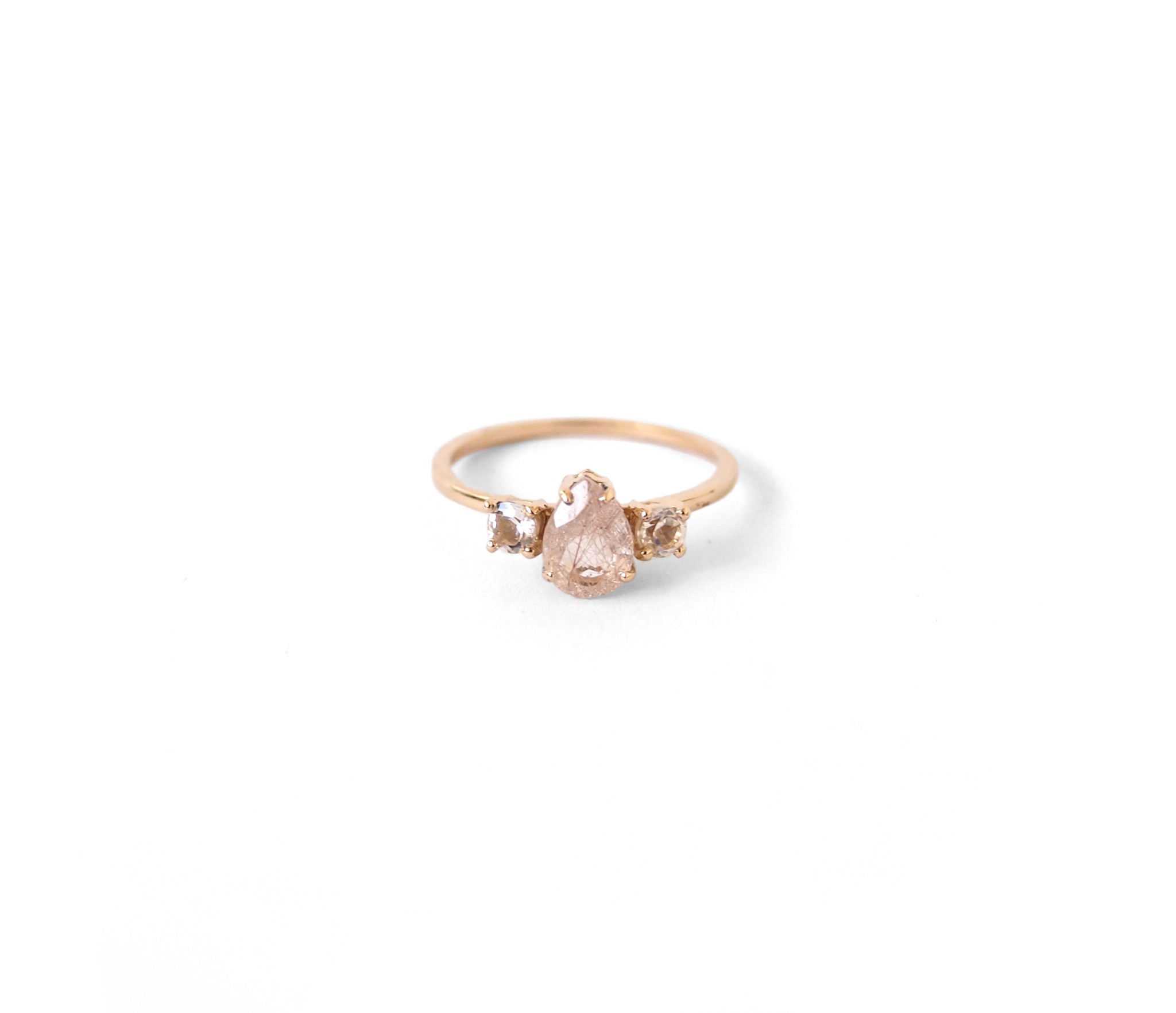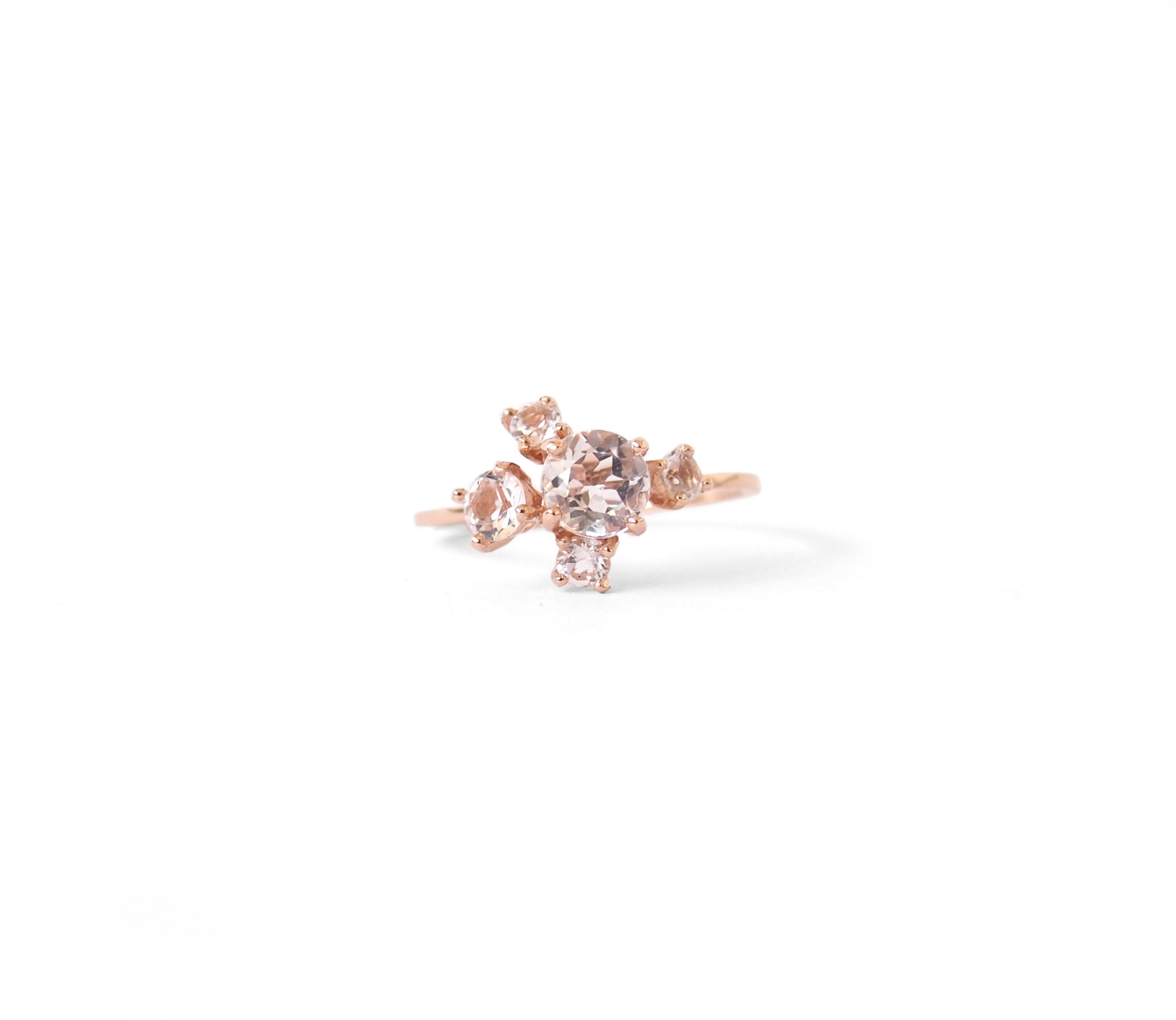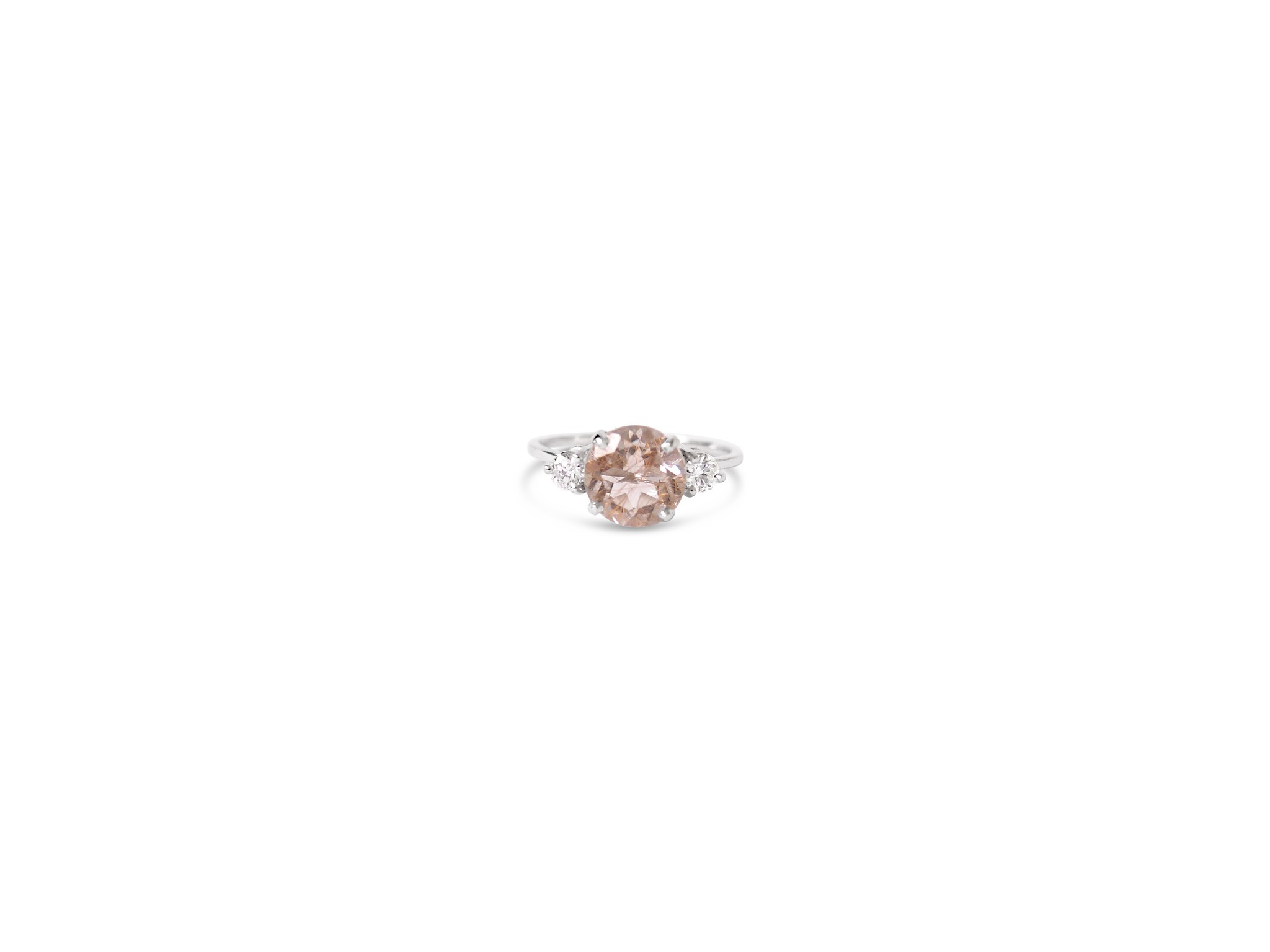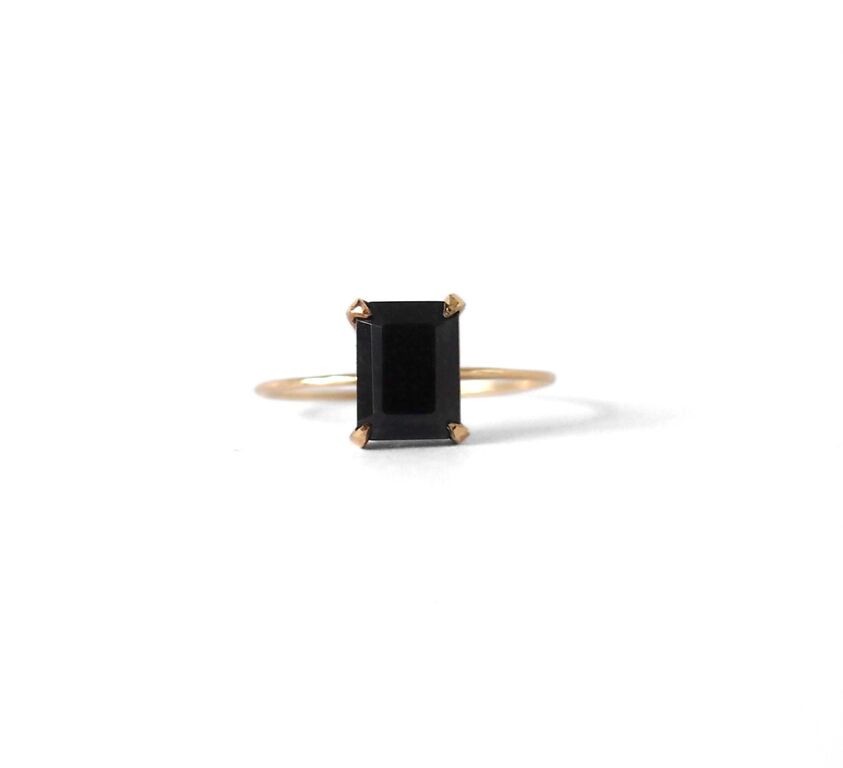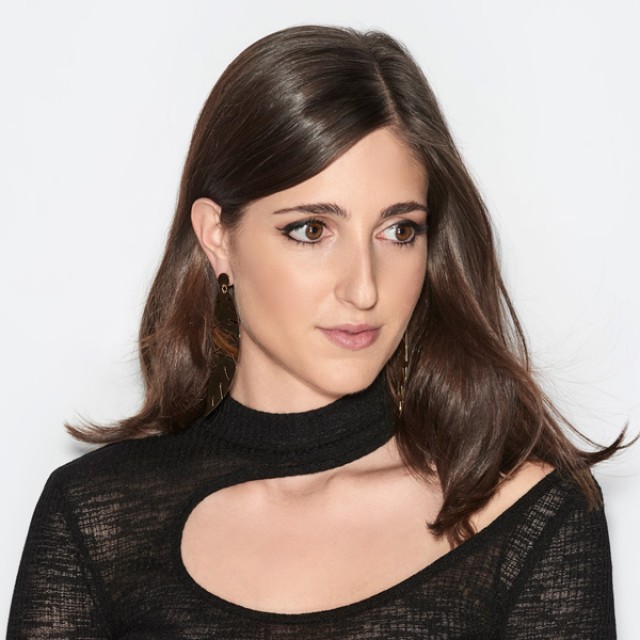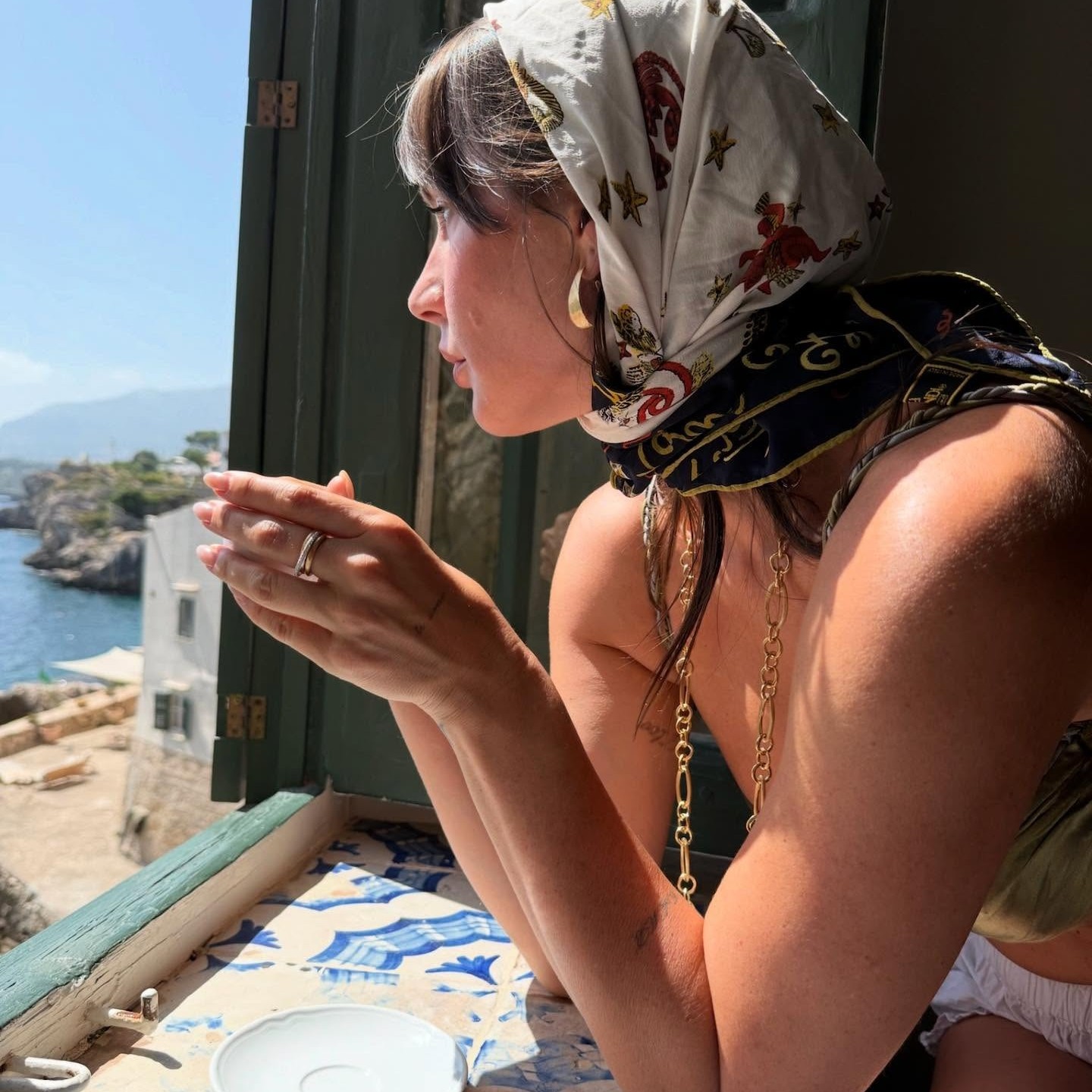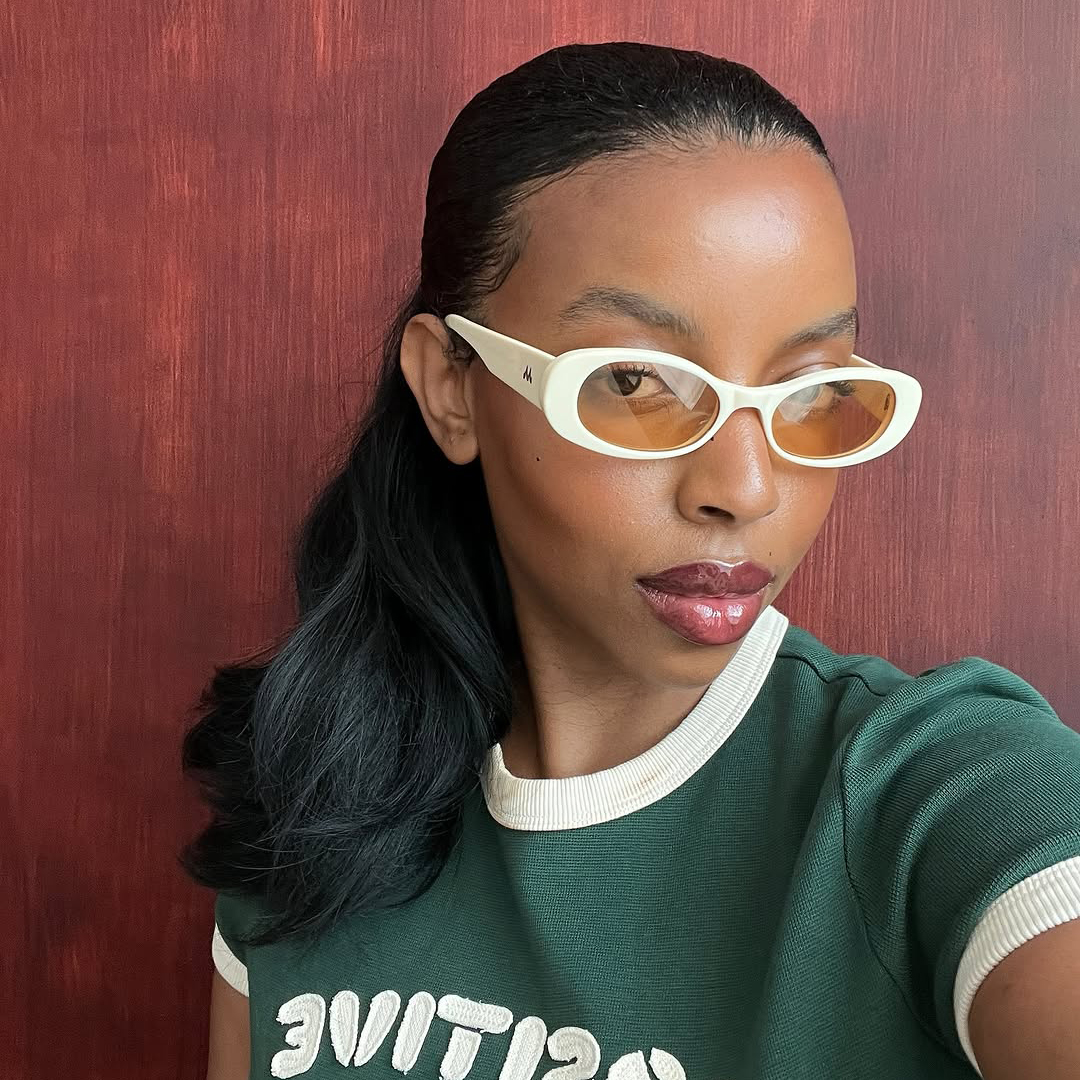Meet the Australian Jewellery Brand Meghan Markle Keeps Wearing

Welcome to How It’s Made. Where we go behind the scenes with your favourite brands to find out how their most popular products are produced. For our next instalment, we visited one of our favourite jewellery designers, Natalie Marie
When we first came across Natalie Marie Jewellery in 2012 (soon after the label launched), we knew it was something special. Since then, we’ve watched the label quietly flourish, and grow organically to become a go-to choice for girls for everything from engagement rings to simple everyday pieces. Now, even Meghan Markle has been spotted wearing her pieces on several occasions. Natalie Marie Jewellery satisfies your desire for a unique piece of jewellery—something that you can hold onto forever. They’re the type of pieces that become sentimental and an extension of you—not just another piece of jewellery.
Get ready to be transported to a world of beautiful and original jewellery. We interviewed designer Natalie Marie, and discovered everything you need to know about her label, and how one of her bespoke engagement rings is created.
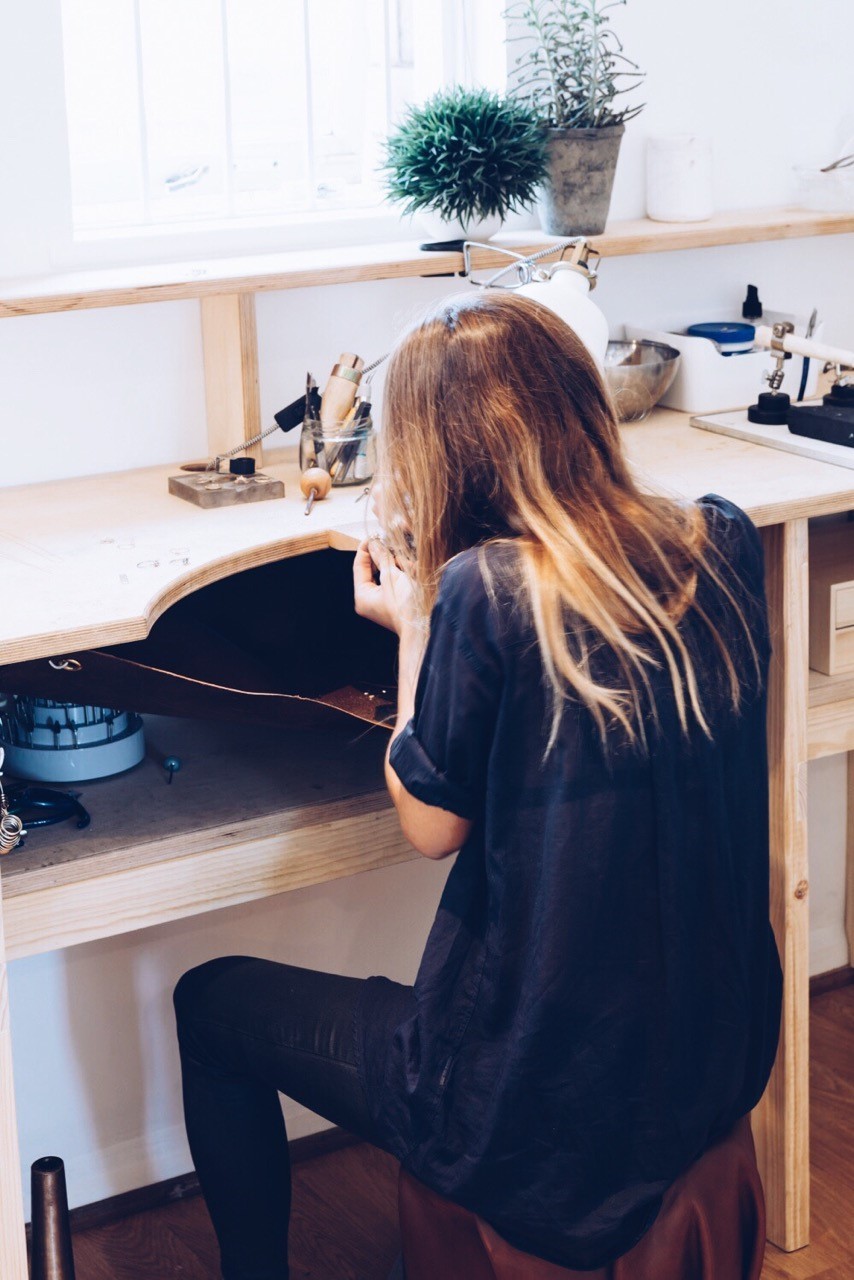
Who What Wear Australia: We’re obsessed with your label! Tell us about how it launched.
Natalie Marie: I started the label almost straight out of university, but it was at a smaller scale for the first couple of years. It took me a few years to build up my studio (I’m still building on this now), and I had a lot to learn as a new graduate. I initially let the business grow organically as I juggled working full-time simultaneously. It was a necessity to be able to support the end goal and was such a strong period of growth and learning for me and the brand.
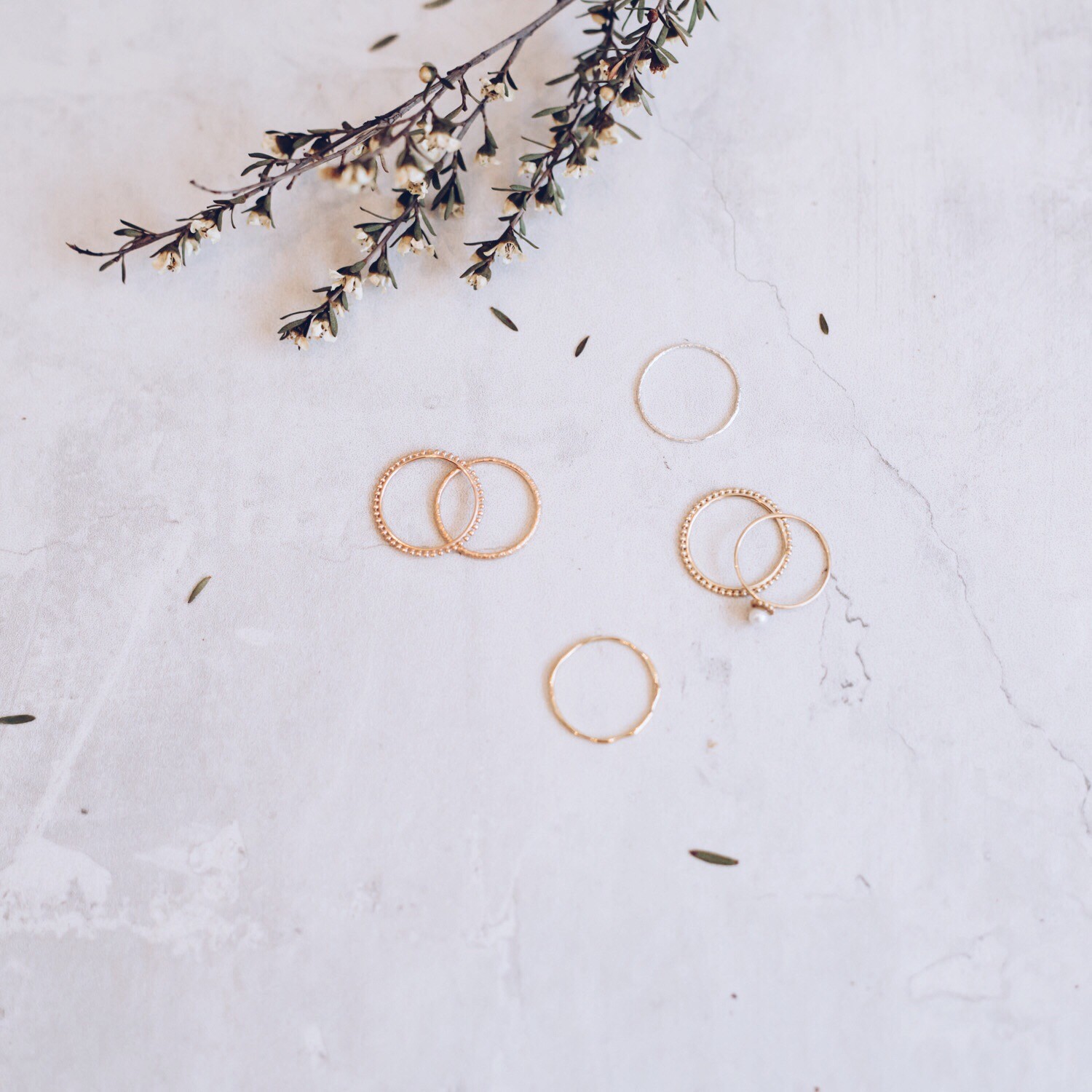
WWW: Where’s your studio? Are there many people in your team?
NM: The studio is based in Avalon on the northern beaches of Sydney. It’s a sleepy beach town in a beautiful part of the world and I feel insanely lucky to be able to work and live here.
Everything is handmade in-house by our hard working three-person team. I work full-time, with the assistance of two part-time production jewellers and one part-time administration assistant. Everything about the brand and the processes are so personal to me, but it’s been a hugely positive experience growing the team and has reflexively influenced the brand, studio and production.
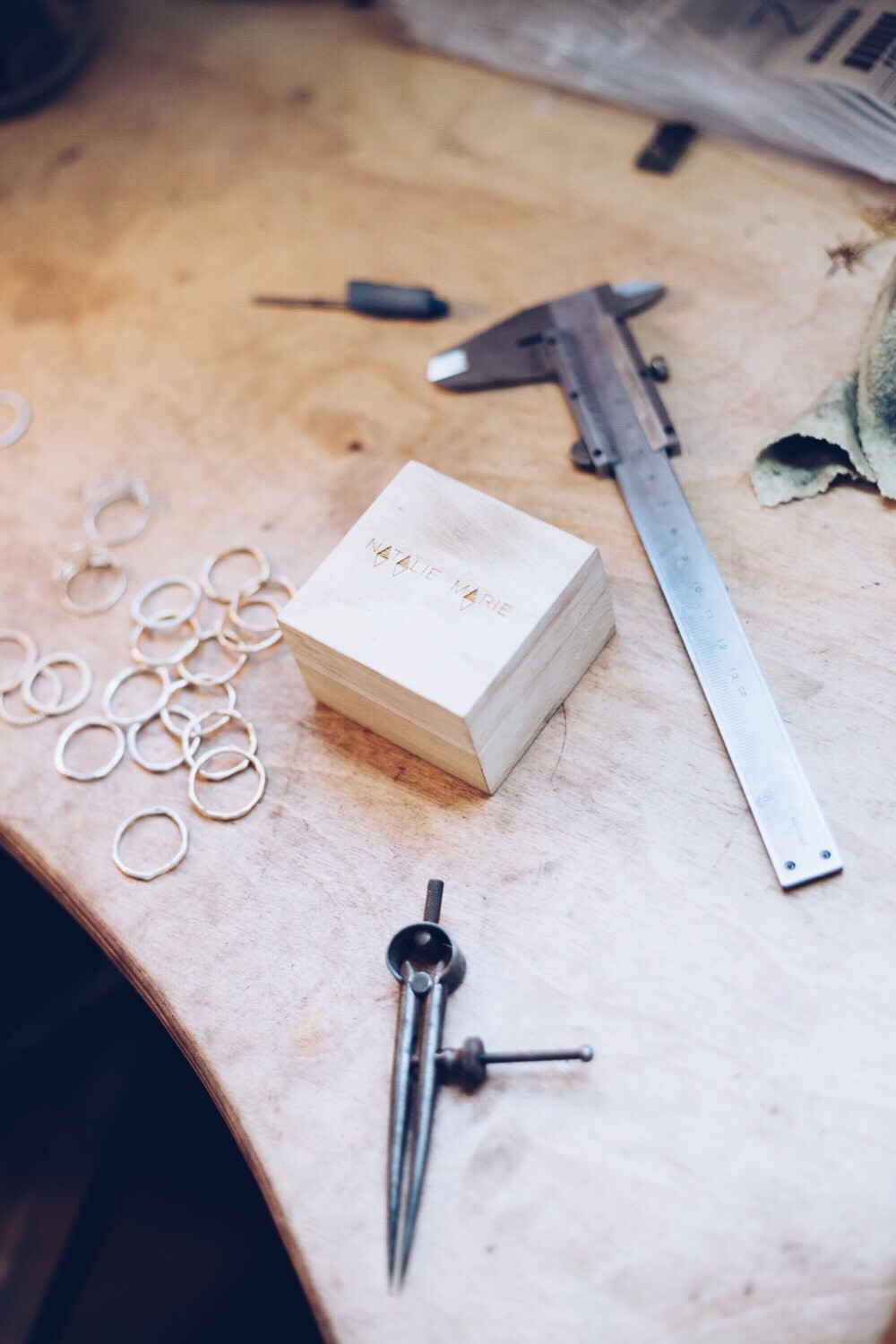
WWW: What’s your best-selling piece of jewellery?
NM: My most popular pieces are the fine stone rings. In particular, the Rutilated Quartz Ring ($290). A lot of the credit has to go to the stones, which have a beautifully unique appearance. I have found that customers are increasingly wearing and stacking these kind of rings as everyday pieces. They aren’t waiting for special occasions or to be gifted with a precious piece, but they’re investing themselves and making them a part of their daily style.
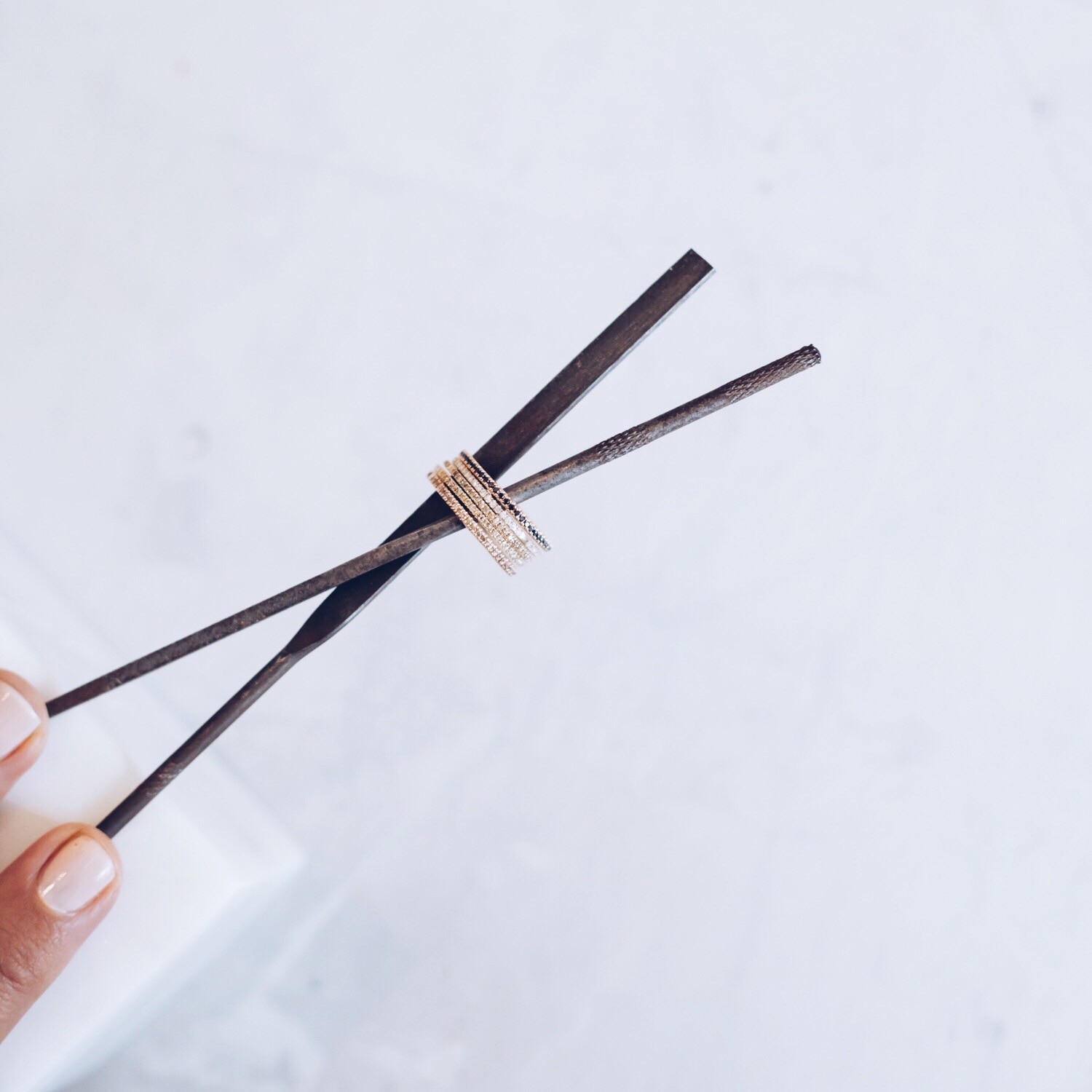
WWW: You have started to create bespoke engagement rings—tell us how this came about and what the reaction has been like so far?
NM: The commission side of my business started when an old friend approached me and asked if I could make her an engagement ring. This opened up a whole new area for me to grow into, in terms of production and having an understanding of my own practice.
She brought me a family broach with over fifteen diamonds alongside rubies and other gemstones and asked me to turn it into an organic, naturally inspired cluster diamond engagement ring. It was an enormous challenge at the time but I worked out each step methodically and the end result was just so perfect for her. That was one of the key moments of progression that helped me gain confidence and expand my vision toward that side of my practice.
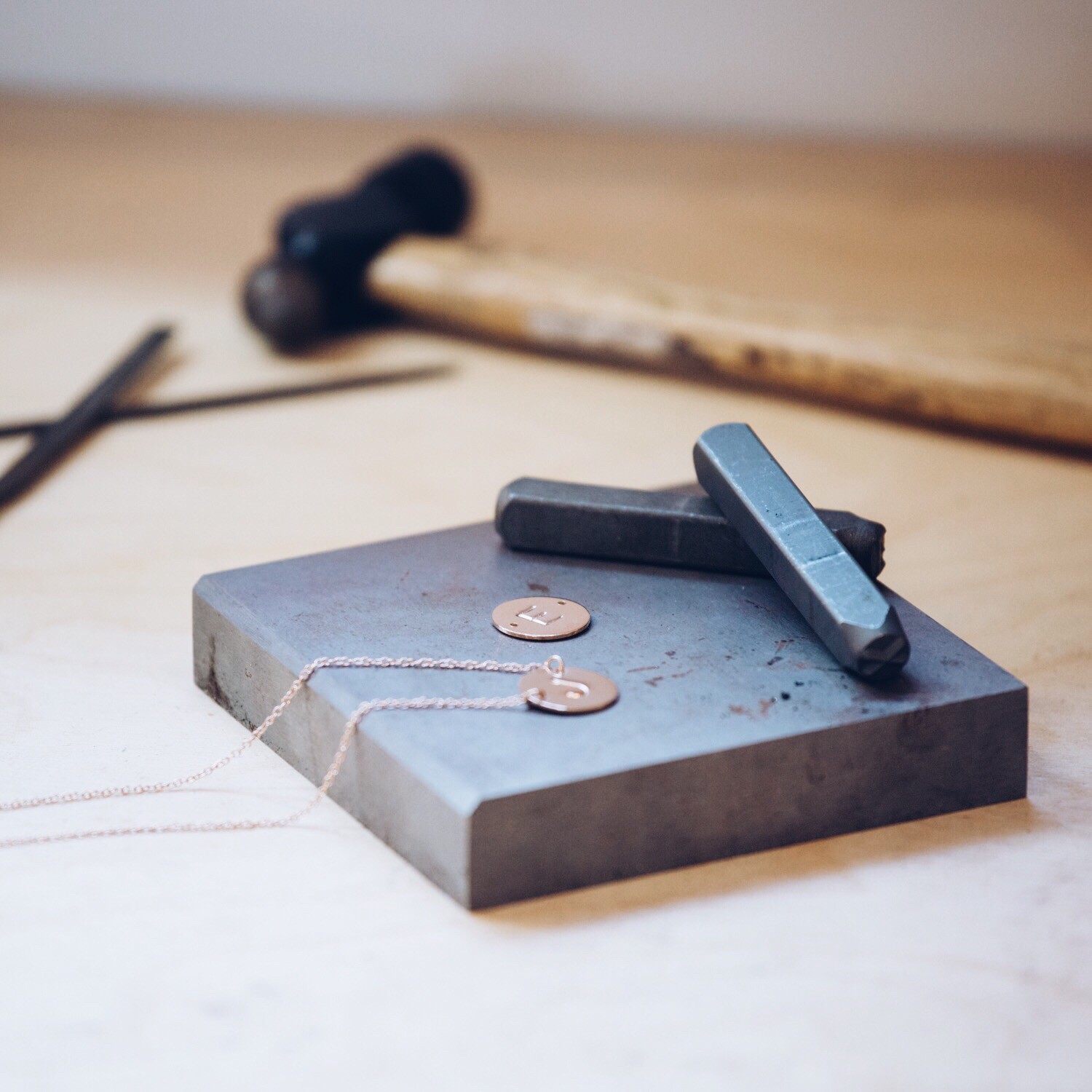
WWW: Are women starting to lean more towards stones other than diamonds for engagement rings? Why do you think this is?
NM: I think diamonds will always have their place as a classic, timeless choice for an engagement ring, but I do definitely feel that people aren’t tied to the idea of diamonds as a ‘necessity’ anymore and are pursuing alternative but equally as beautiful options. I believe our generation is full of couples who are in love and just want to celebrate that and there has been such a strong move away from the traditional picture of what that needs to looks like.
The expense of a diamond is limiting. By moving away from the diamond, it enables young couples to invest in something bespoke that reflects their personality and relationship. There seems to be an ever increasing appreciation for the handmade, bespoke product which has an element of story behind it.
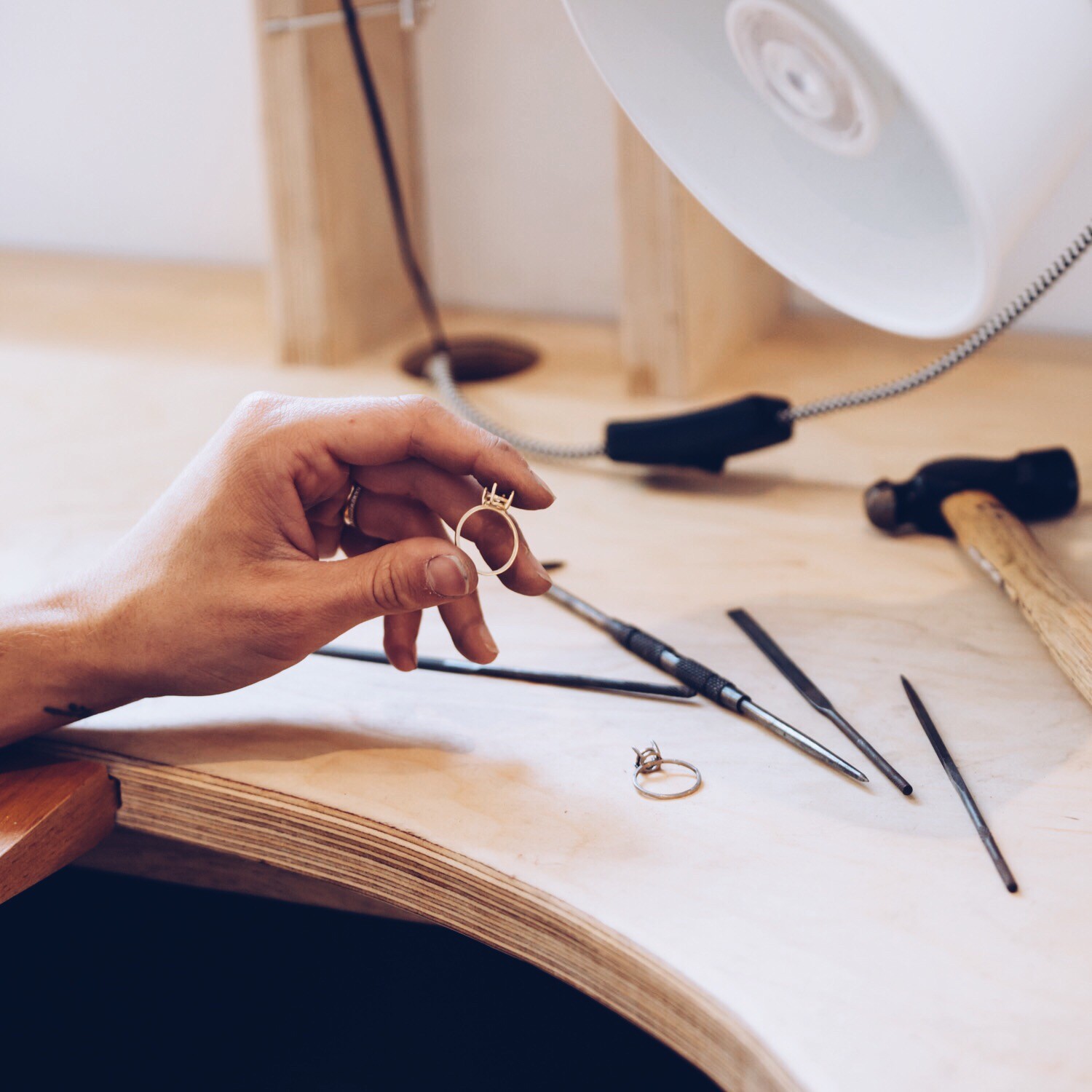
WWW: What do you think will be the next big trend in jewellery and engagement rings?
NM: I feel like things are getting bigger and more heavily detailed and embellished. My next collection, which launches in September, is very much vintage inspired, lots of fine detailing—millgrain and granulation alongside statement stones in cluster style settings. I think multi-stone rings are going to have their moment, moving away from the classic-style solitaire style, juxtaposing embellishments with clean lines and contemporary settings.
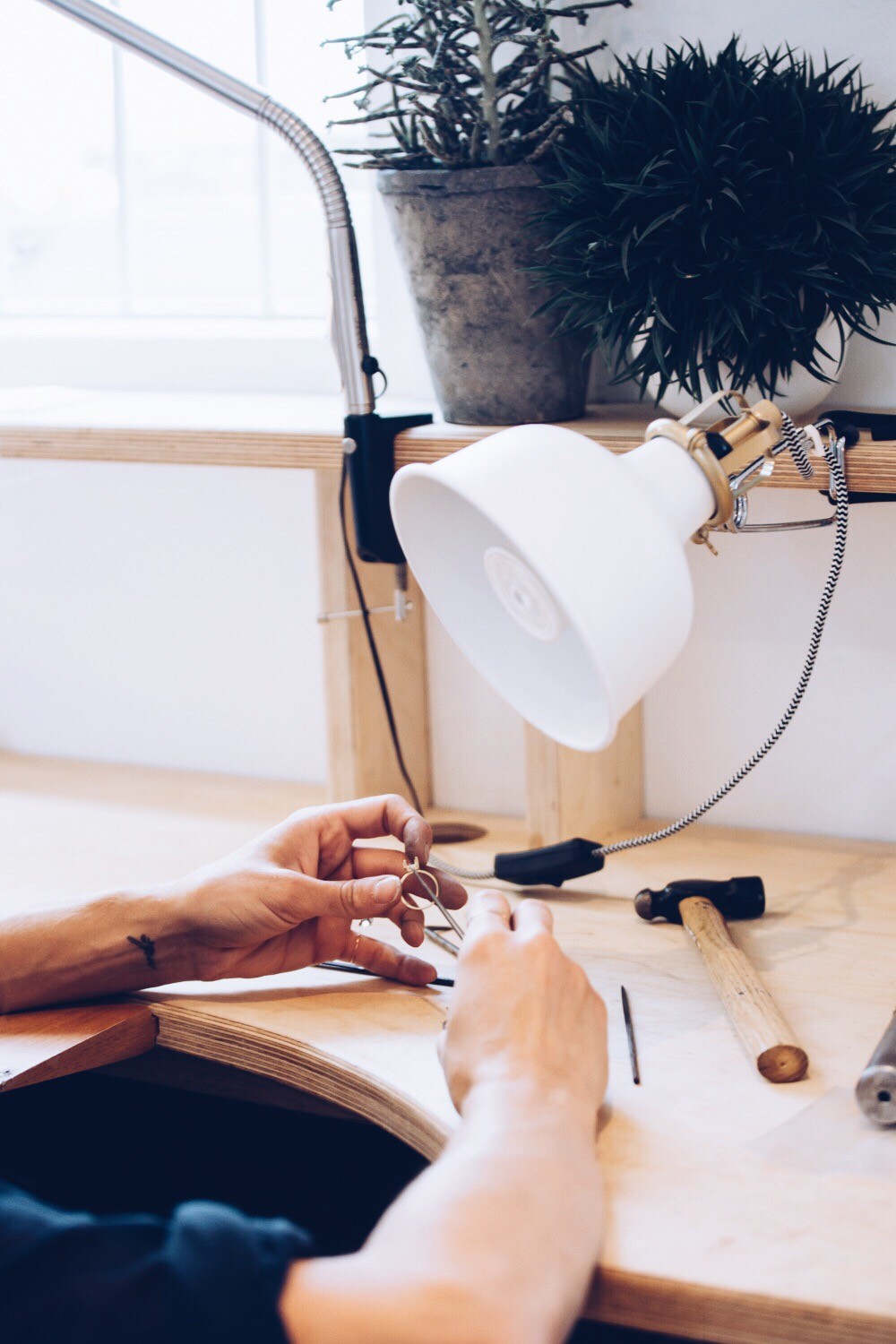
WWW: Where do you source your materials and metals?
NM: The vast majority of materials and metals are sourced here in Australia through suppliers who work with recycled gold and silver. We also recycle and refine our own studio scrap to get the most out of the materials. In terms of stones, I work with CanadaMark Diamonds as a preference as there is more transparency and guarantee around their sourcing; but always GIA certified, conflict free diamonds. I have grown a trusty network of suppliers for gemstones and diamonds. A lot of the coloured gemstones I personally handpick and have cut for me so I can control the size, cut and quality.
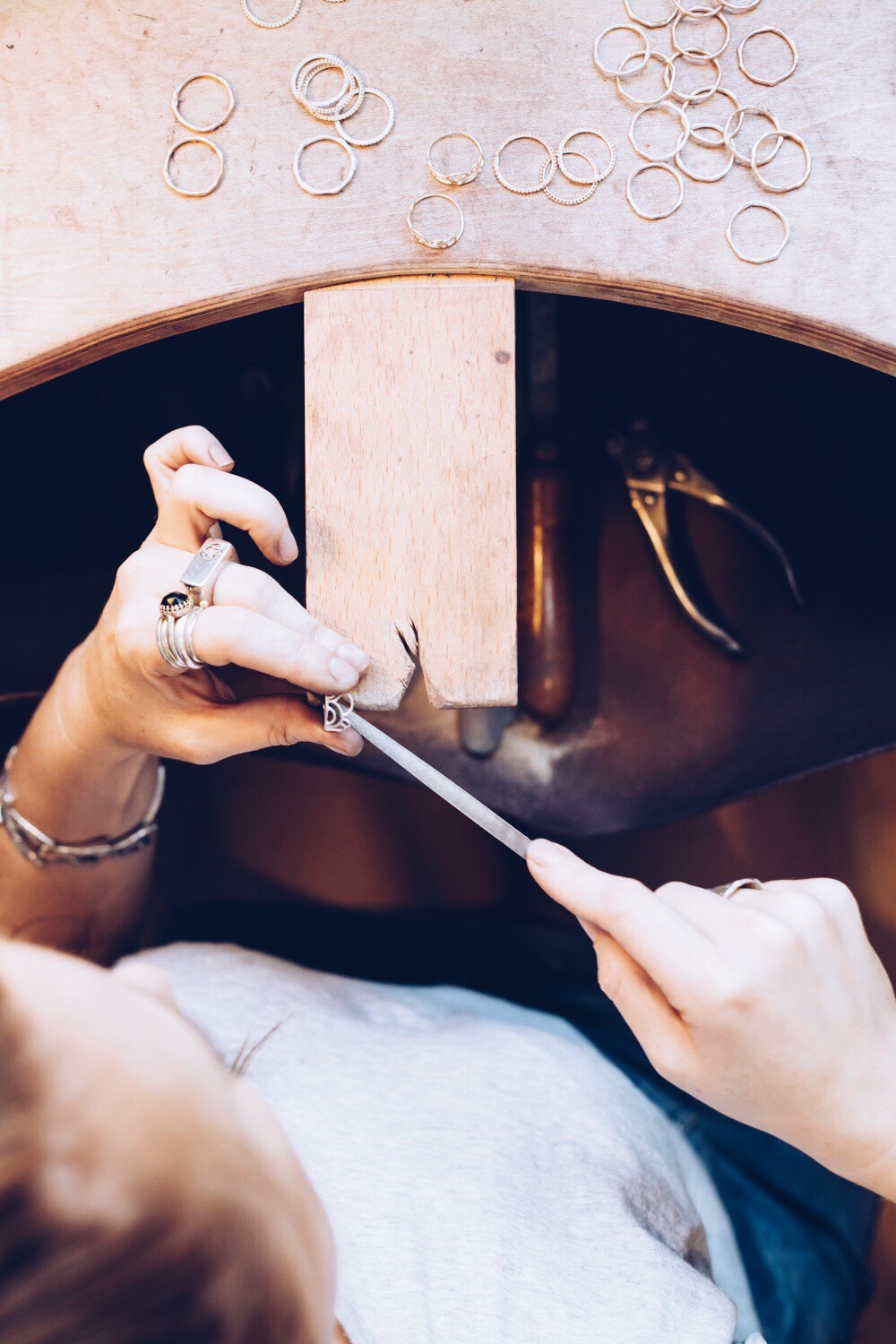
WWW: Where do you search for inspiration?
NM: Everywhere. Art, architecture, nature. I find that art and architectural movements often have a strong dialogue with jewellery designs. I love looking in antique jewellery stores. There is such a strong sense of craftsmanship, identity and story in antique jewellery. There is a level of character that is so far above what is now available at a commercial mainstream level. It’s something I really try to incorporate and into our pieces. We don’t use CAD (computer aided design) in the studio, everything is created from scratch using traditional techniques, and I think there is a lot of merit to that.
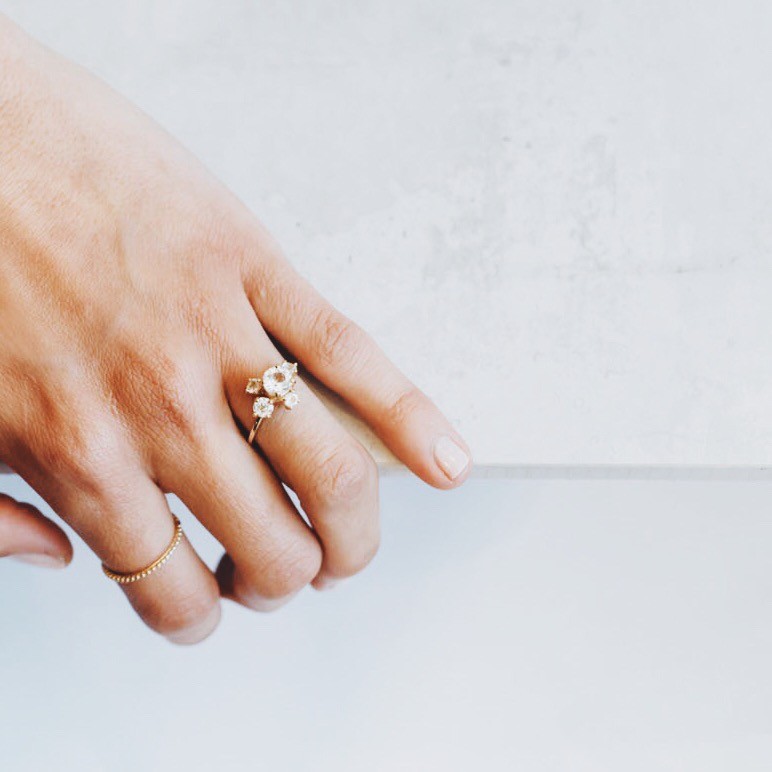
WWW: Talk us through the process from start to finish of creating a bespoke engagement ring—right up to the piece being packaged for the customer.
NM: Usually the process starts with a (often nervous) individual or occasionally a couple, reaching out. It can be such a daunting moment—particularly for someone who is trying to go out there and create something independent of their partner or any direction. An engagement is such a big moment for people, and I really try to make the experience as easy and enjoyable as possible.
Part of the process is the pleasure of hearing peoples' stories and getting a sense of who they are and what they are looking for. There is a significant amount of communication before we make any move towards making the piece, whether it’s over email, Skype or in person at the studio. There’s usually an involved dialogue regarding stone selections, viewings, and consultations, then we get to the exciting point of production.
For one of my signature style diamond solitaire rings, the process begins by firstly creating the shank, which involves drawing down the wire, turning the ring to size, soldering and cleaning up. Once the shank is crafted, I start on the setting, starting with the basket ring, which the diamond sits on. This is measured and crafted so that the widest part of the stone, the girdle, sits atop the basket. The six claws are then drawn down and soldered individually to the basket to create the setting.
The size of the diamond determines where the stone sits in the setting. Larger diamonds are set lower with the claws split around the shank so the base is more secure, while smaller diamonds are raised taller to accentuate their size. Whichever arrangement, the setting is soldered in place atop the shank and the diamond is set. Setting involves securing the diamond in place in a level position, cutting down and shaping the claws, then finally forming the claws over the stone to secure in place. A final polish and the piece is ready to hand over to the customer.
The ring is then packaged up in our signature marble box, with any diamond certifications and care instructions, then the final step is handing it over to the customer. This is the most nervous moment for me, being such a personal process. My greatest hope is always that the recipient loves their ring. Being such an integral part of such a special moment in a couple’s story is always a pleasure and a privilege.
Related: All the Australian Brands We'd Love to See Meghan Markle Wear
Shop Natalie Marie engagement rings:
Do you enjoy hearing about a designer's creative process? Share in the comments who you'd like to hear from next.
Read more stories about style tips and follow us on Facebook, Instagram, Pinterest and Twitter.
